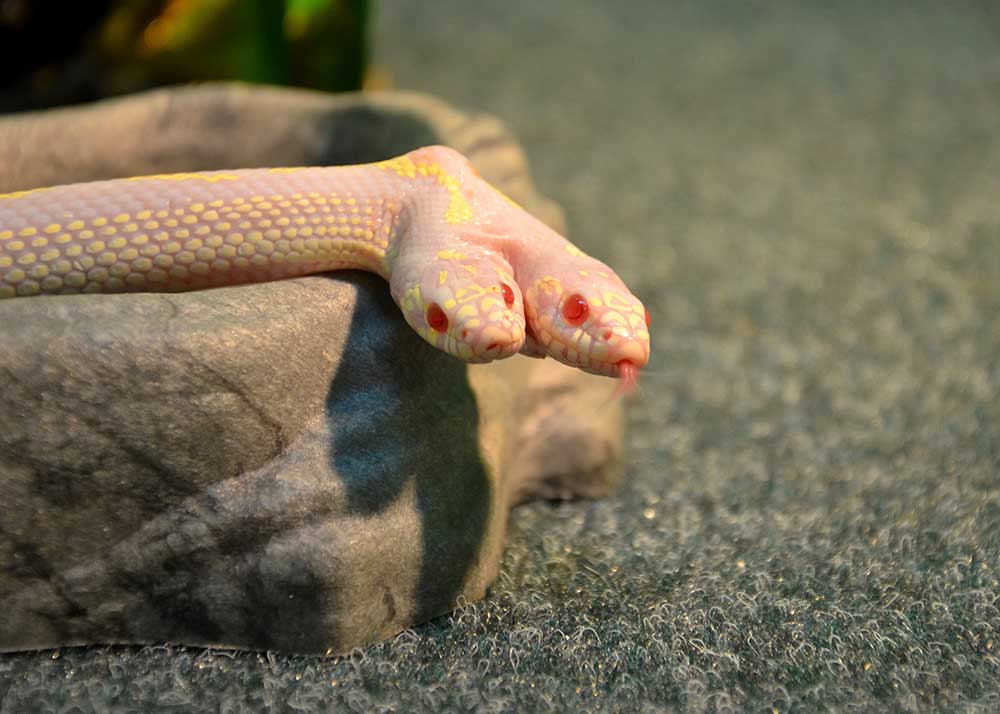A very big reason why you should secure your enclosures and never release your reptiles into the wild.
A very big reason why you should secure your enclosures and never release your reptiles into the wild. An albino morph of the California kingsnake (Lampropeltis californiae), which first was found on Gran Canaria island in the Canary islands in 2007, has populated so rapidly that the species is now decimating the local lizard populations, according to a study published in the Proceedings of the Royal Society B.
Albino Kingsnakes Gain Foothold in Canary Islands
California Kingsnake Care Sheet
Herping Travels In The Canary Islands
Researchers Julien C. Piquet and Marta López-Darias of the Island Ecology and Evolution Research Group, Instituto de Productos Naturales y Agrobiología (IPNA-CSIC), 38206 La Laguna, Tenerife, Canary Islands, Spain, analyzed the impact of the popular pet snake on Gran Canaria’s native Gran Canaria giant lizard, Gallotia stehlini, the Gran Canaria skink, Chalcides sexlineatus, and Boettger’s wall gecko, Tarentola boettgeri.
“The endemic herpetofauna plays a keystone ecological role as plant pollinators, seed dispersers and consumers of invertebrates in native ecosystems on the Canary Islands, the researchers wrote in their paper. “Therefore, L. californiae is likely to trigger cascading ecological events, such as the disruption of pollination and seed-dispersal processes or the alteration of food webs and the increase of invertebrate abundance.”
The abundance of all three species was lower in the areas in which the California kingsnake has become established. They found that the G. stehlini populations have been reduced by 90 percent, greater than 80% for C. sexlineatus, and greater than 50% for T. boettgeri, in invaded sites on the island. The California kingsnake is preying heavily on these three native lizards, the researchers say. Gallotia stehlini and C. sexlineatus are the preferred prey of the California kingsnake on the island. They noted that because Tarentola boettgeri is nocturnal and spends daylight hours upside down under rocks during the day, it is not as targeted as the other two, diurnal species.
“Our results illustrate the severe impact of L. californiae on the endemic herpetofauna of Gran Canaria and highlight the need for strengthened measures to manage this invasion, the researchers wrote in their report. “We also provide further evidence of the negative consequences of invasive snakes on island reptiles and emphasize the need for further research on this matter on islands worldwide.”
About the California Kingsnake
The California kingsnake is one of the most popular snakes among reptile keepers and can grow to about 6 feet in length, though average lengths are around 3 to 4 feet. In the wild, they eat other snakes, including rattlesnakes, as well as small mammals, lizards, and birds.
The complete study, “Invasive snake causes massive reduction of all endemic herpetofauna on Gran Canaria” can be read on the Proceedings of the Royal Society B website.



